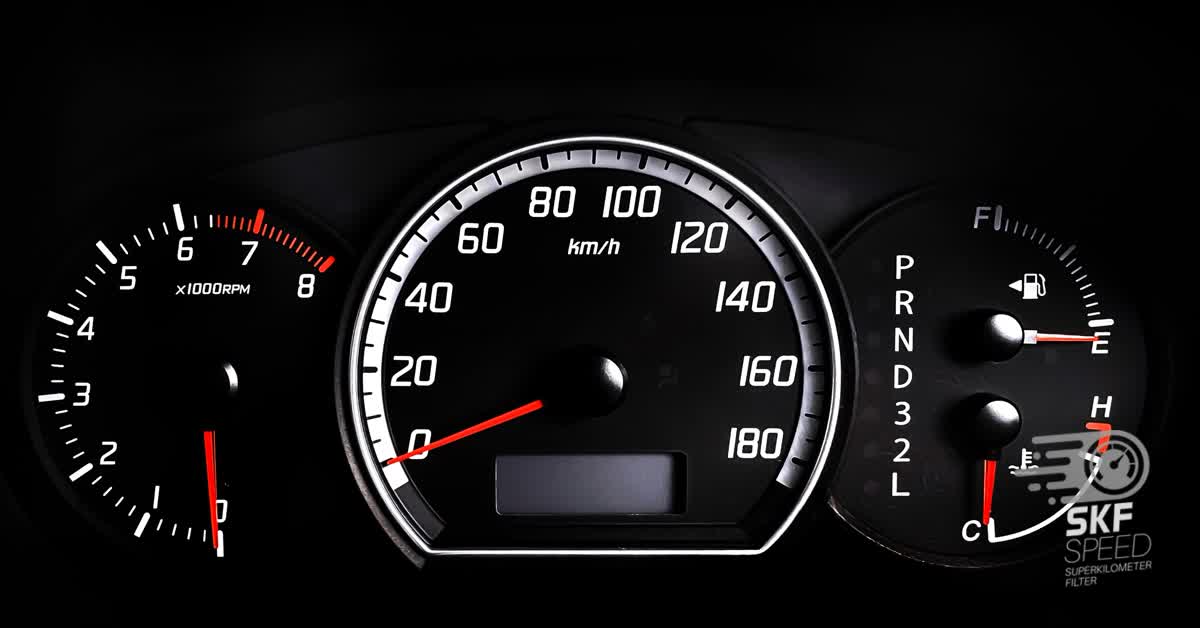
The instrument cluster is the main part of a vehicle that shows us the most important details. Owning a dream car can be an amazing experience. It makes comfortable and reliable rides possible. In case of any malfunction, you know that there is a place where you can see alarming messages. Upon the data, you are always updated with the needed information. However, for new drivers, a dashboard can be just a part of controlling the speed and mileage data. Regardless of the experience, almost every individual knows the importance of mileage and speedometer data. Even though not many of them realize what stands behind that data.
To clarify in detail what the instrument clusters show us, it is important to get to know the part. Below we will discuss in detail all about the dashboard, how its parts work, what the gauge shows us, and why it is important to see the actual data there. We will also review different types of tools designed for the dashboard. After reading the blog, you will have answers to the mentioned questions. So, let’s start exploring!
I know talking about vehicle maintenance can be boring at some point. However, the dash cluster is an exceptional part that every individual should know in detail. I’ll try to explain it in simple words.
The dashboard is the place that keeps gauges and lamps conveying vital information. It is located in front of the steering wheel. Over the years of developing vehicle design, the face of the dashboard has changed. In the past, the part included instruments to see speedometer, odometer, and fuel gauge data. Nowadays, modern dashboards include much more detail than in the past. You will find a broad array of gauges, such as climate control, tachometer, engine coolant, entertainment systems, temperature gauge, turn indicators, seat belt warning, engine malfunction lights, speedometer cluster, parking-brake warning, navigation systems, etc.
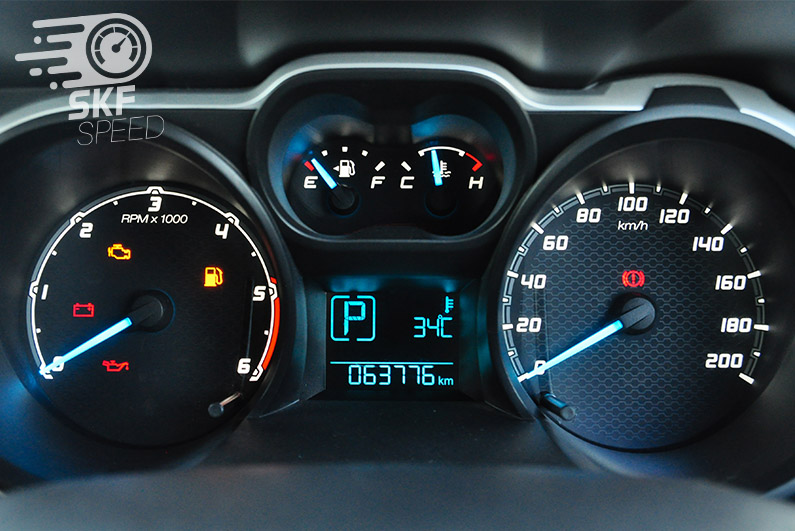
The main function of the instrument cluster is to provide the most current information while driving. The interface of the dashboard can be different for each vehicle. However, most of them have the main characteristic. Gauges provide information for speed, distance, heat, and fuel. With the help of indicator lights, you are updated with the most important details, such as low fuel or engine check.
The importance of instrument clusters lies in their ability to provide essential, real-time data to drivers. These statistics include speed and fuel levels as well as advanced vehicle diagnostics. As modern vehicles are becoming more digitally advanced, these clusters are serving as a crucial interface for safety and performance monitoring. According to the report, experts expect the global dashboard cluster market to grow from $10.5 billion in 2022 to $13.6 billion by 2027. The trend highlights an increasing role in modern automotive design.
You already know the instruments of the dashboard. Now let’s explore what those details show us.
I guess you already know the importance of instrument clusters and have some insight into why people would love to modify the data. The main instrument that is most frequently changed is the Odometer. The odometer shows the total number of covered miles. Every manufacturer determines in advance how long each model will last and how many miles/kilometers it can cover. For that reason, the mileage data can be a determinant of lifespan. Of course, many factors affect the longevity of the engine and the car. However, car mileage remains the most significant detail that can lead a buyer to make a decision on whether it is worth buying or not. Due to the importance of the odometer reading, some people prefer to sell cars with mileage discrepancies.
Another reason drivers are willing to adjust the odometer gauge cluster is to get low insurance costs. The car insurance cost is calculated based on the mileage data. The lower the mileage, the lower the cost of the insurance. Since insurance companies check the mileage, some people choose to lie about the actual figures.
All in all, no matter the reason, the desired result is to profit financially from the change. By lowering mileage data, buyers can earn more money from the sale. Besides, by changing miles/km data, a driver can get a lower cost on car insurance. In both cases, changing mileage data for deceitful purposes is a fraudulent activity that is prohibited under state law.
As you already know, there are several reasons why some individuals adjust existing data on the dash cluster. Consequently, seeing certain numbers on the odometer doesn’t always show the actual number. For instance, you may see 40,000 miles on the odometer, but the actual mileage of the vehicle can be 60,000 or even more. Since mileage is one of the determining details in a vehicle, many tools have appeared on the market. You will find many different types of devices, Odometer Correction, Mileage Blocker, Speedometer Cluster Adjustment, Mileage Freezer, Mileage Correction Tool, etc. Regardless of the wide variety of devices, we can divide them into two groups: adjustment and blocker devices.
Adjustment devices are used to adjust existing data on instrument clusters. With the help of those tools, you may see different numbers other than the actual one on the odometer. However, vehicles have multiple storage units, and correction tools fail to remove the mileage from all of them. Hence, while visiting the mechanic, the change can be easily detected.
Besides adjustment tools, there is a Mileage Blocker device. By using the tool, you can stop counting miles/km and check its performance while in motion. The module is designed specifically for testing purposes and is legal to use. Moreover, it has an easy installation instruction as well. With the help of the device, you can check the performance of an odometer. The odometer is stopped only when the module is activated. After the deactivation, the speedometer and odometer continue to work as usual. The module keeps the previously indicated settings. For that reason, you won’t have to customize it each time after the deactivation. Hence, if you want to check the performance of a vehicle and avoid extra miles as well, Mileage Blocker is an unchangeable option! The support team of the company will help you with anything you may need. In the costumer center you will find answers to your questions.
All in all, although talking about vehicle parts might seem confusing, now we know the main characteristics of the dashboard instrument cluster. You already know that the dashboard provides the driver with the most current updates about the vehicle. With the help of the warning lights, you have the information on which parts need repair or checking.
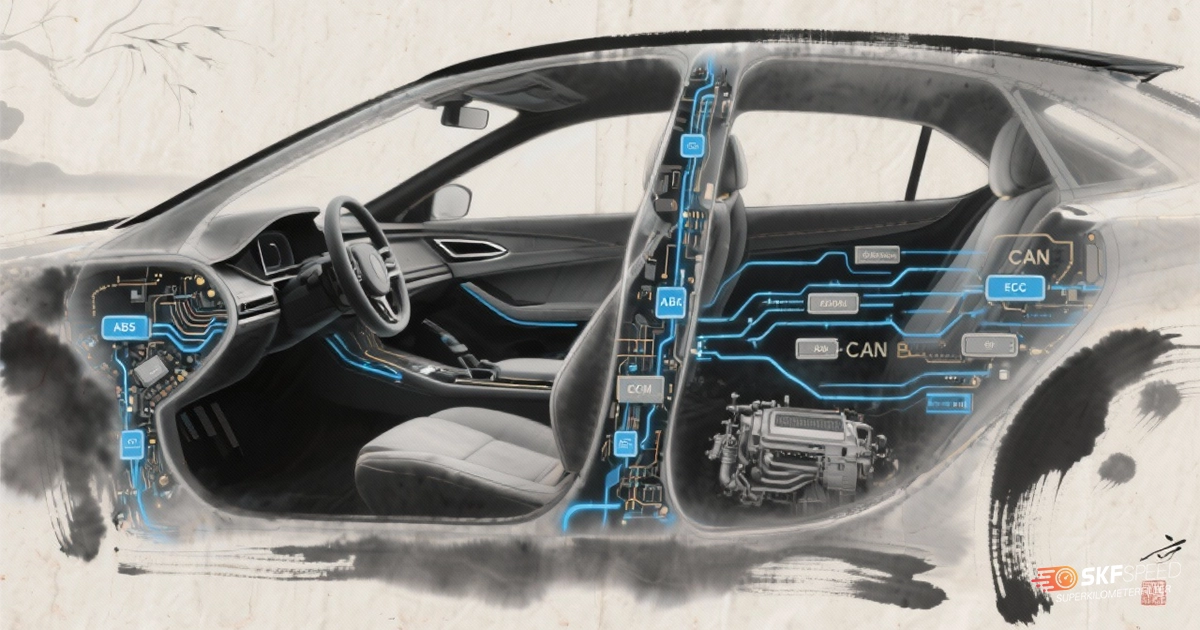
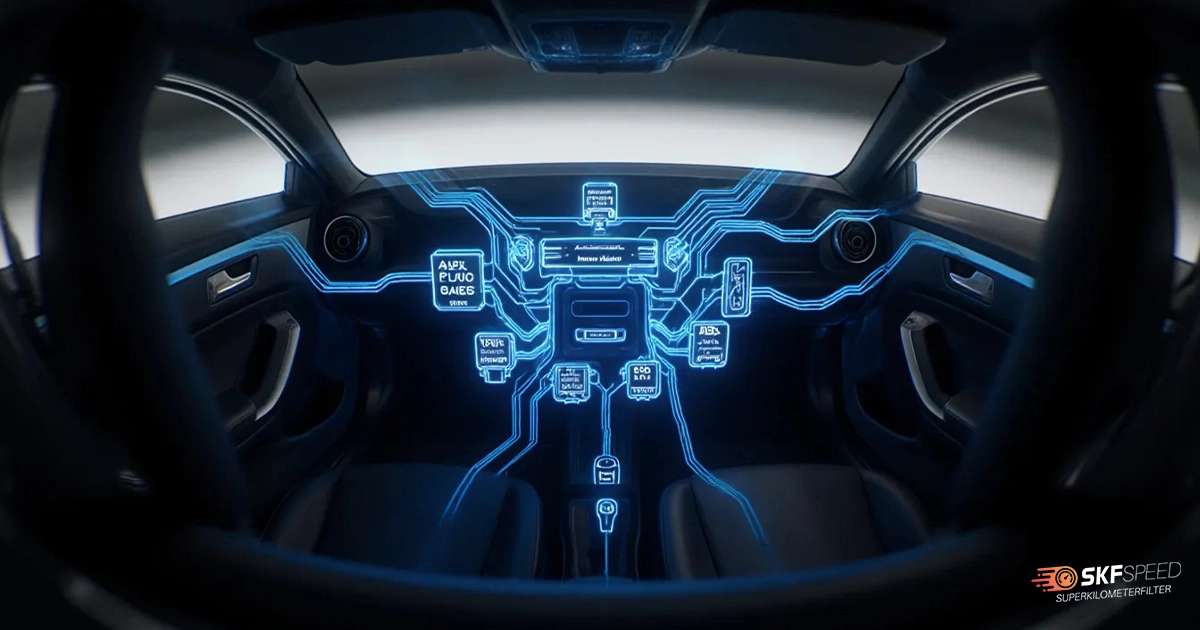
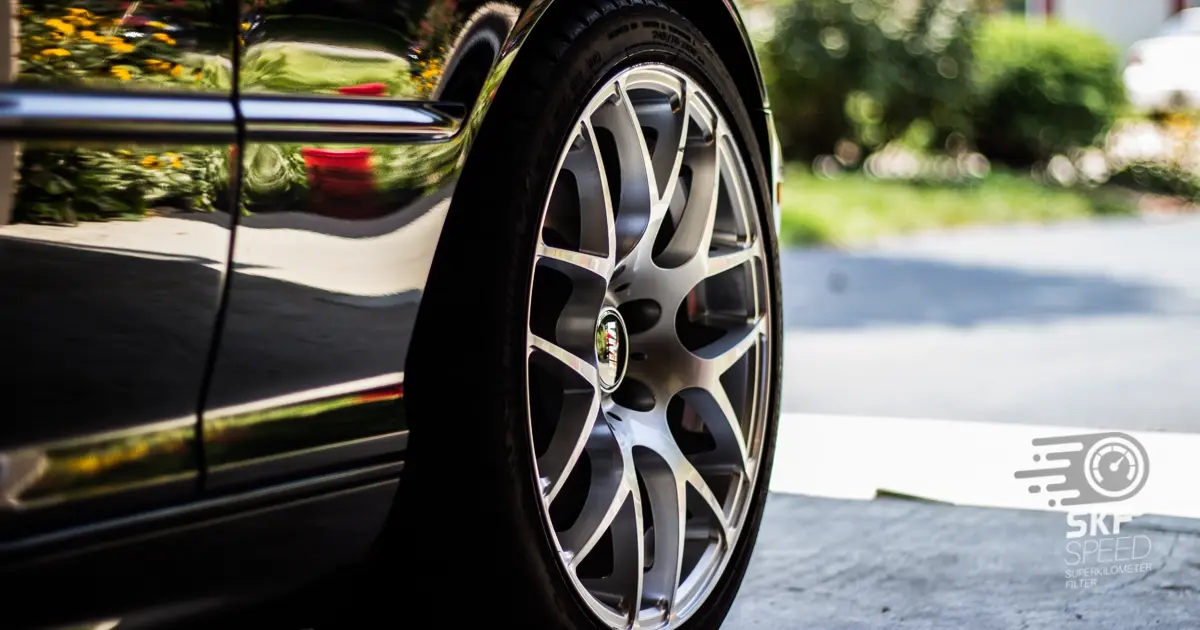
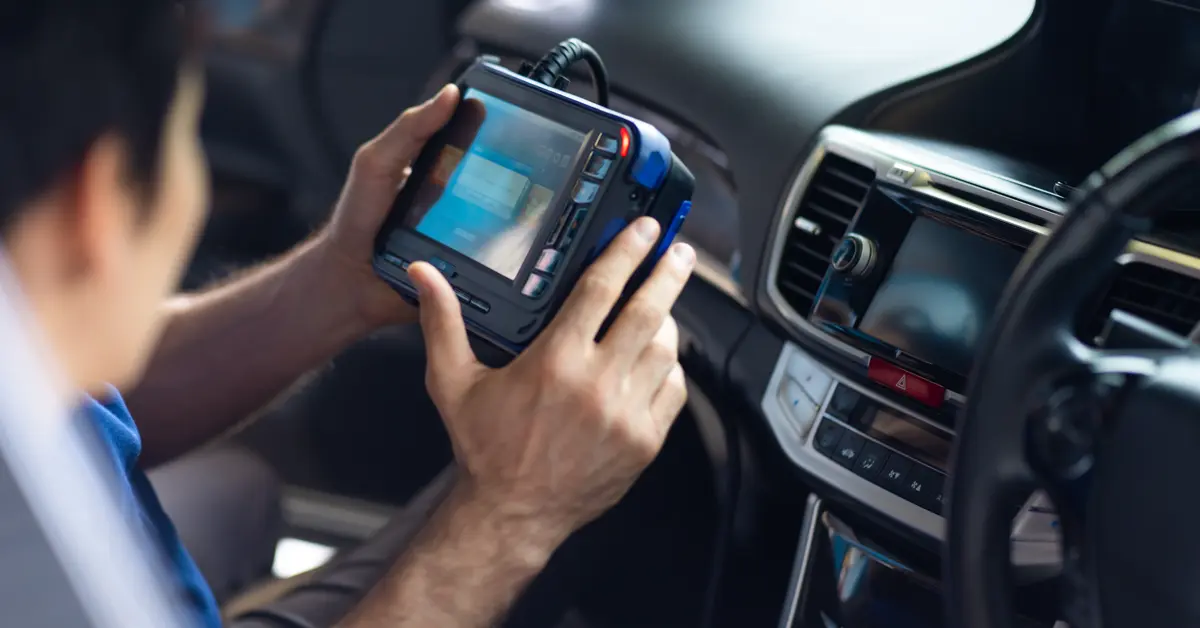

Here you will find all the details about our company
Here you will find shipping and return related information
Here you will find information on all technical questions
Here you will find helpful information about installation